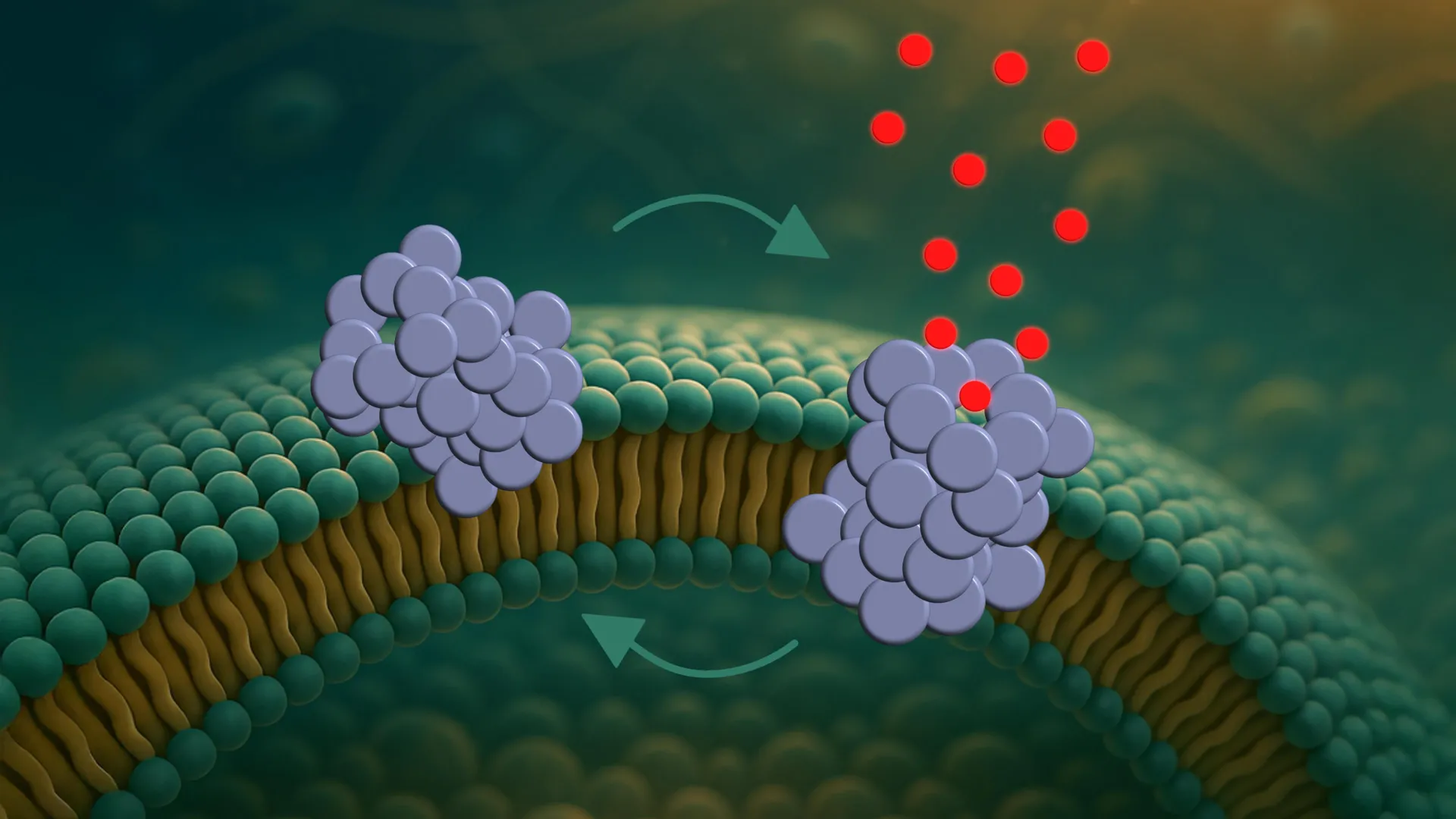Now Reading: Scientists Observe Parkinson’s Protein Damaging Brain Cells
-
01
Scientists Observe Parkinson’s Protein Damaging Brain Cells
Scientists Observe Parkinson’s Protein Damaging Brain Cells

Swift Summary
- Researchers at Aarhus University developed a method to observe molecular interactions in real time, providing insights into Parkinson’s disease mechanisms.
- The study focuses on α-synuclein oligomers-tiny protein clusters that drill pores into nerve cell membranes, disrupting cellular balance without causing immediate cell death due to their dynamic behavior.
- Insights were published in ACS Nano, with the team directly observing how these oligomers create “revolving door”-like pores in three steps: attachment to curved regions of membranes, partial insertion, and pore formation.
- A newly developed single-vesicle analysis platform enabled slow-motion observation of these processes and serves as a tool for drug screening and testing molecules like nanobodies (antibody fragments).
- While nanobodies show promise for early-stage diagnosis by binding selectively to oligomers, they do not block pore formation. This highlights challenges in developing treatments.
- Pores preferentially form in mitochondrial-like membranes, suggesting damage may initiate there. The experiments were conducted using vesicles mimicking cell membranes rather than living cells.
Indian Opinion Analysis
The breakthrough study allows researchers to better understand the progression of Parkinson’s disease through detailed visualization of the toxic activity of α-synuclein oligomers.While this research is not directly connected to India’s healthcare landscape yet,it carries meaningful implications globally-and possibly regionally-for combating neurodegenerative disorders that are becoming increasingly prevalent with aging populations.
India should prioritize similar innovative research platforms given its rising demographic burden and limited resources allocated to neurological diseases. Early detection technologies such as nanobody-based diagnostic tools could be pivotal if adapted locally for widespread use due to affordability considerations. Moreover, understanding mitochondrial vulnerability aligns well with current Indian efforts on metabolic disorders research-many overlapping mechanisms exist between energy-related cellular dysfunctions and neurodegenerative diseases. Partnerships between academic institutions from India and those conducting advanced molecular studies may yield impactful collaborations moving forward.

























